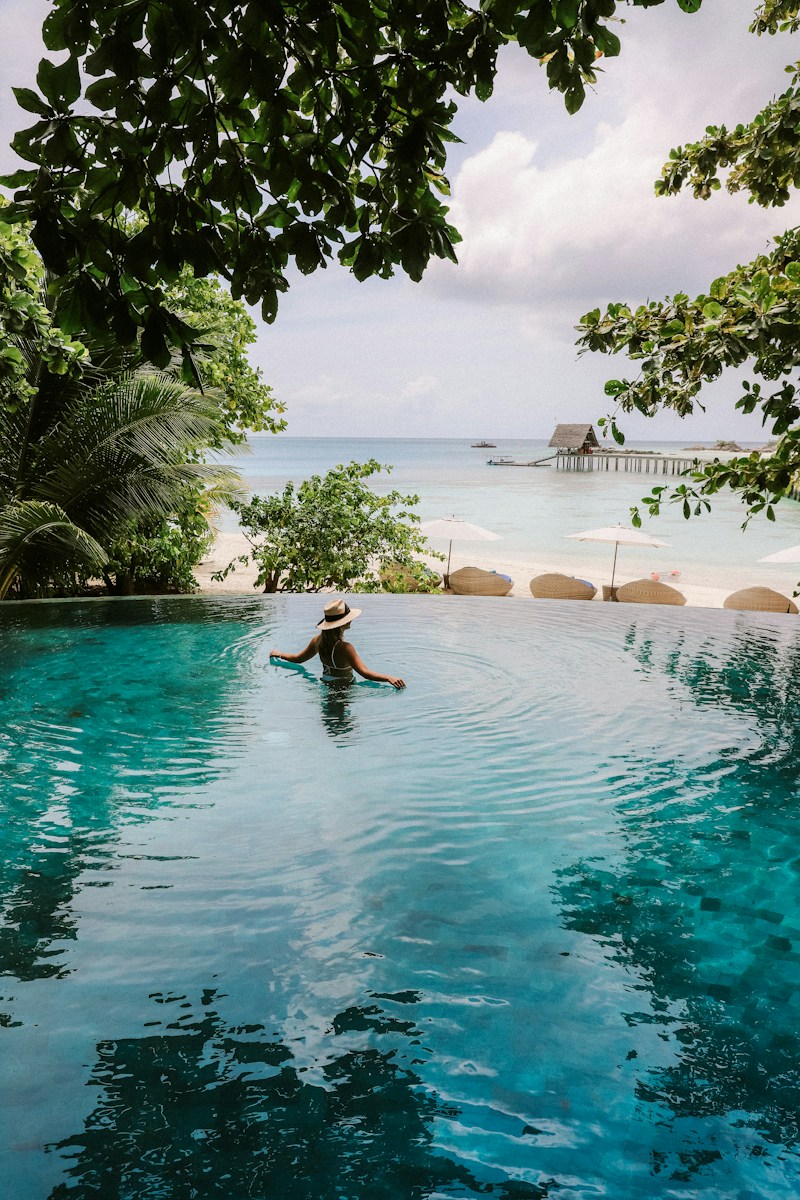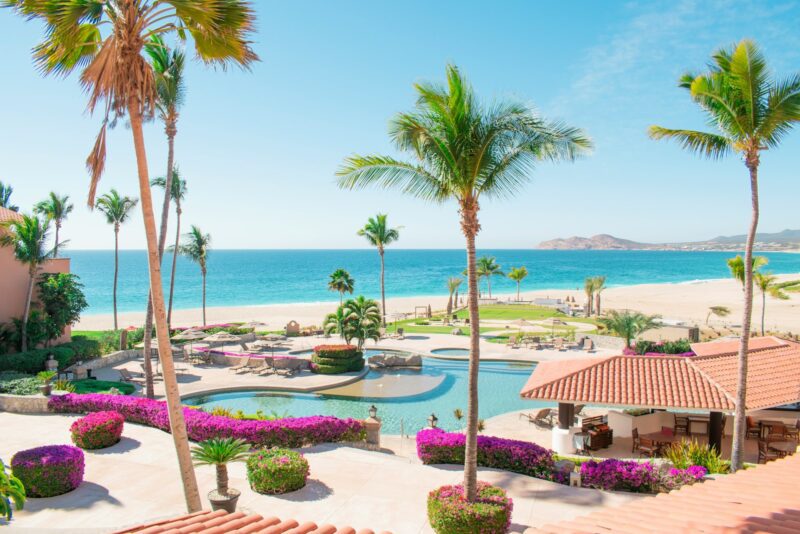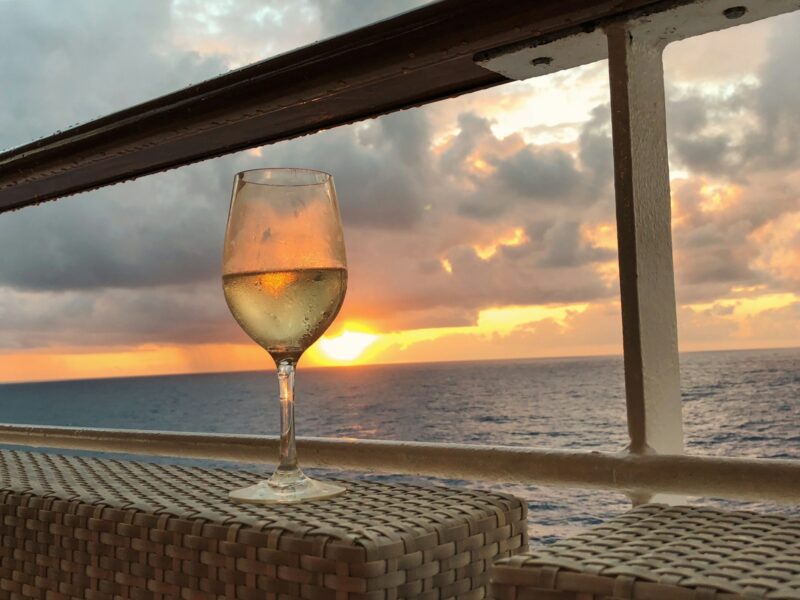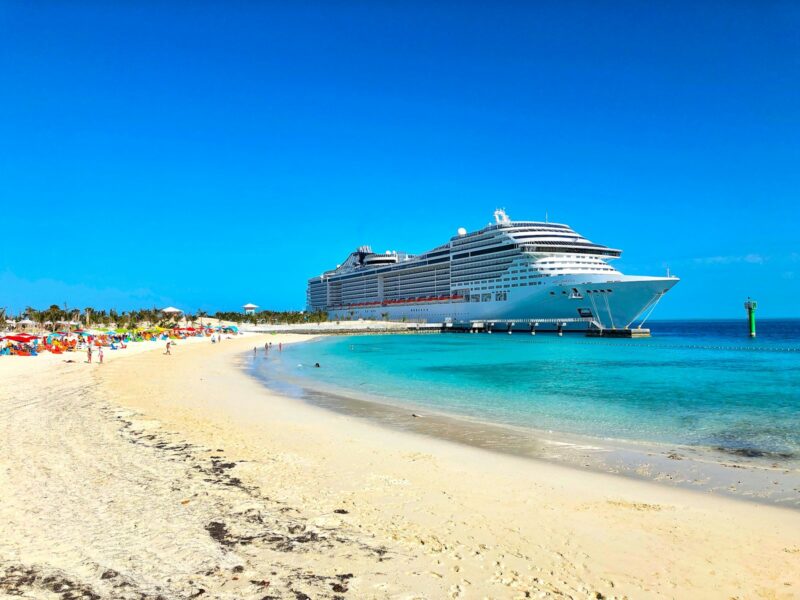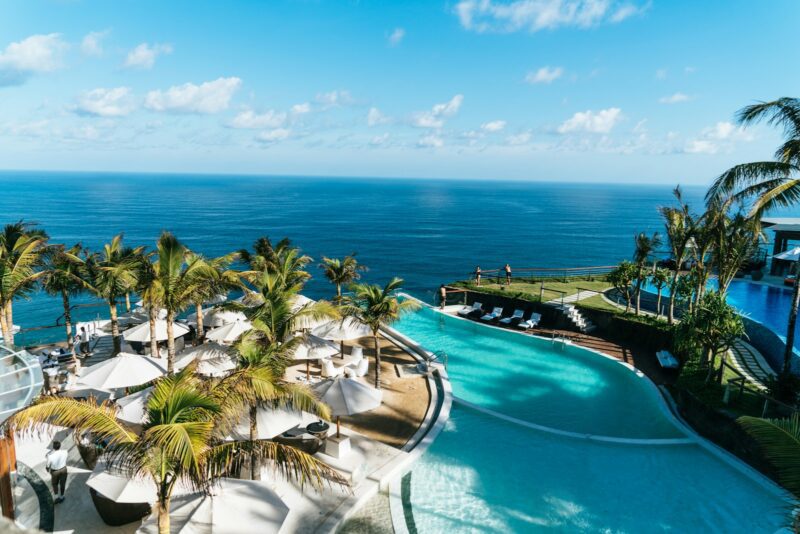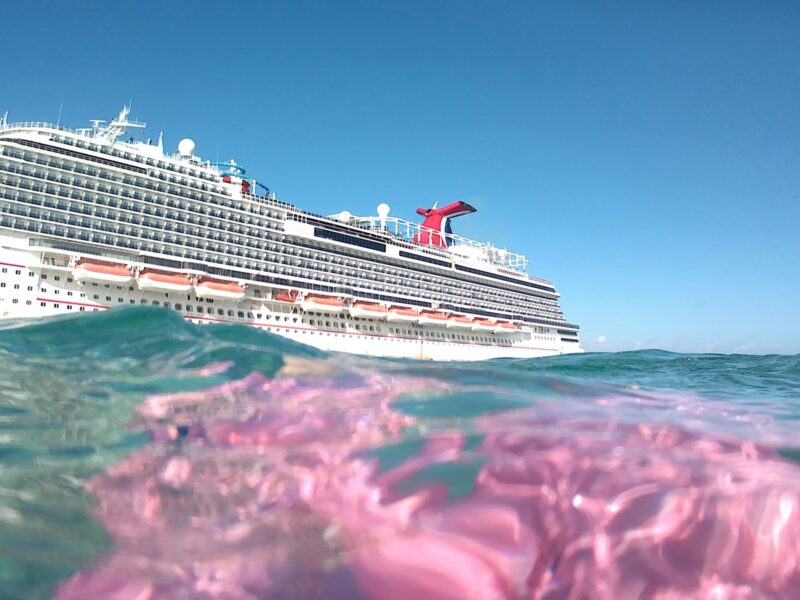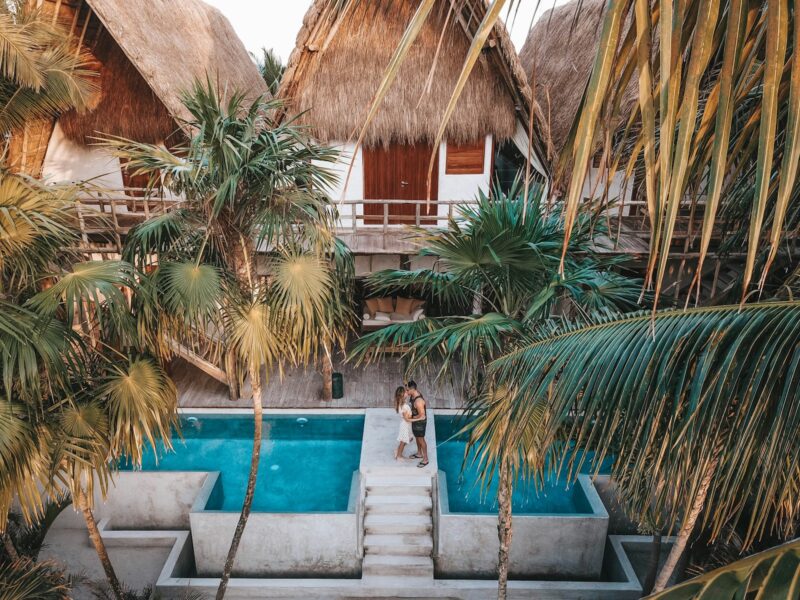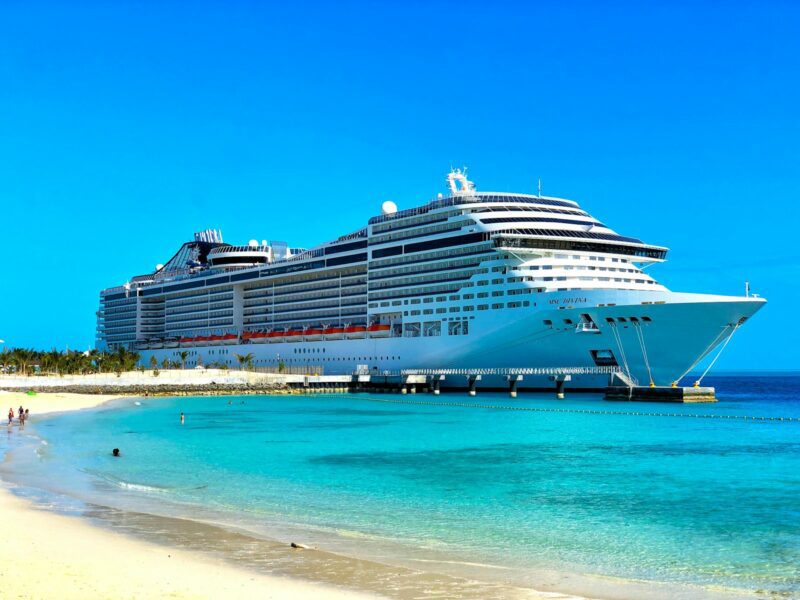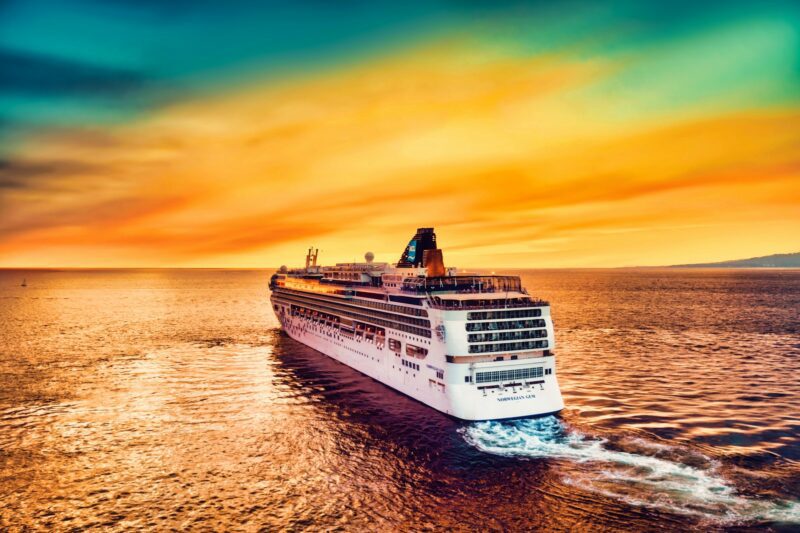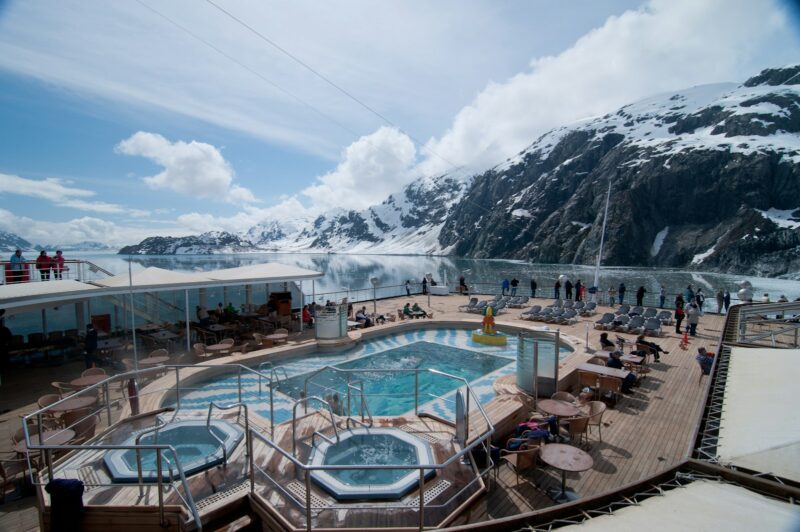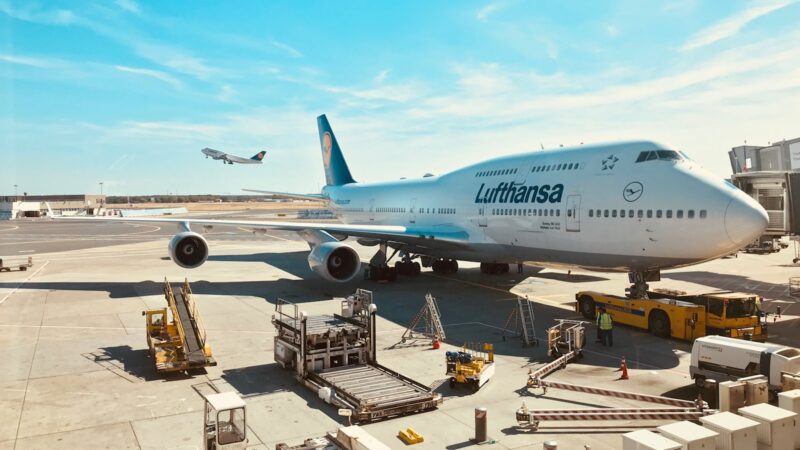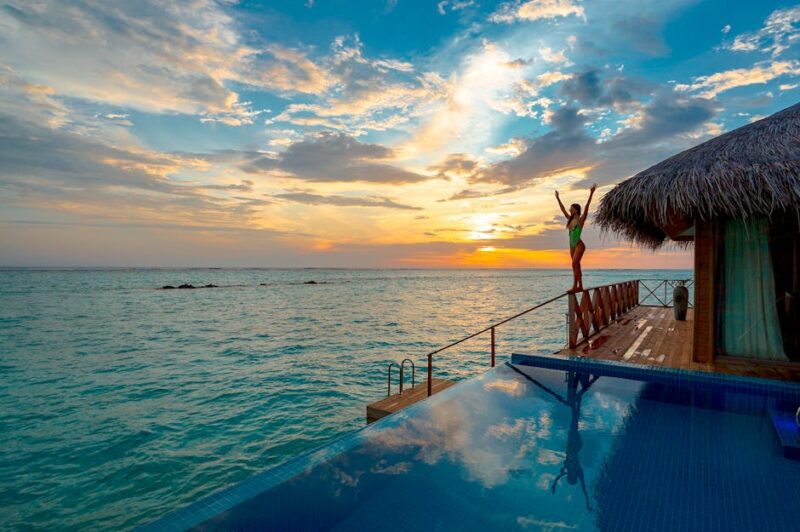Table of Contents
ToggleCruise vs All-Inclusive Resort
Deciding on the ideal vacation can be a complex decision, with options ranging from the open seas to the serene landscapes of an all-inclusive resort. Each presents a unique set of features to satisfy the desire for a relaxing and worry-free experience. Cruises offer the excitement of voyaging to multiple destinations with the convenience of a floating hotel. On the other hand, all-inclusive resorts cater to those seeking a stationary haven where the sand and sun are just steps away, and costs are bundled into one rate.
When it comes to choosing your next getaway, understanding the value proposition of cruise ships versus all-inclusive resorts is essential. Consideration must be given to what is included, from meals and entertainment to accommodations and amenities. This choice hinges not on a one-size-fits-all answer, but on the specific desires and expectations of the traveler. Whether it be the allure of waking up in a new port each day or indulging in the luxury of a resort, the perfect vacation awaits those ready to explore the options.
The Advantages and Disadvantages of Sea Voyages
When embarking on a cruise, one of the most striking benefits is the ability to traverse several destinations. Imagine sailing through the Caribbean or Mexico, stopping at various ports without the hassle of repacking or transportation concerns. Moreover, ships are designed to pursue favorable weather conditions, skillfully avoiding inclement weather that might ruin a traditional resort vacation.
Ships these days come loaded with an array of amenities. From rope courses to surf simulators, there’s no shortage of onboard activities. Royal Caribbean and Windstar Cruises often provide an extensive portfolio of entertainments such as ziplines and skydiving simulators. Cruise entertainment is top-notch, with wine tastings, dance classes, and elaborate evening shows keeping passengers engaged.
A cruise tends to be more family-friendly, offering designated areas for younger guests, catering from toddlers to teenagers. It’s challenging to run out of things to do, what with shore excursions, nightclubs, and various tours available.
However, the cons of cruising should also be considered. While the initial fare seems comprehensive, extra costs can accumulate. This includes charges for alcoholic beverages, specialty dining, and certain activities, not to mention gratuities. Additionally, while the cruise fare often includes various shore excursions, some tours and excursions do incur additional costs.
Stateroom options vary widely, with prices escalating for those with a balcony or more luxurious accommodations. Connectivity at sea, such as Wi-Fi, can also come with added charges. And, while you can experience multiple destinations, time spent at each cruise port may be limited compared to a stay at a single destination, which can be a drawback for those who prefer to delve deeply into the local culture.
In the end, the choice between sailing the seas and staying stationery at a resort boils down to personal preferences and the type of experience one is seeking.
Advantages and Challenges of All-Inclusive Resorts
All-inclusive resorts offer a comprehensive vacation experience with a focus on convenience and relaxation. These resorts cater to guests by including meals across various on-site restaurants, a range of beverages from soft drinks to alcohol, and access to both beach and pool areas. Guests can enjoy an array of daytime activities, from fitness classes and nonmotorized water sports such as snorkeling and kayaking, to more leisurely options like taking a water bike out for a spin.
Pros:
- Simplified Budgeting: A one-time payment covers most expenses, eliminating the worry of extra costs.
- Variety of Included Activities: Nonmotorized water sports, fitness classes, and even golf outings are common inclusions.
- Convenience & Relaxation: Easy access to beach sports and the option to relax by the pool with in-water dining and drinking services.
- Spacious Accommodations: Resorts typically offer larger rooms than cruise ship cabins, with some providing luxurious overwater bungalows or casitas for added privacy.
- Dining Options Galore: Guests have unlimited access to a multitude of dining venues, catering to a wide range of tastes and preferences.
Cons:
- Limited Exploration: Vacationers often remain within the resort, experiencing only one locale or not venturing beyond the grounds.
- Potentially More Walking: Large resorts may require significant walking from one’s room to amenities.
- Evening Entertainment: While bars and dancing are prevalent, the lack of diverse shows might not suit all preferences.
- Kid-Friendly Activities: Resorts may not match the level of organized children’s programming found on cruises.
- Weather Dependence: Inclement weather can constrain guests to the resort area.
While a major strong suit of an all-inclusive vacation is the ability to indulge in unlimited dining and drinking, guests can also access health and wellness amenities, like serene spa treatments and reviving yoga sessions. Water lovers revel in various sports like kayaking and snorkeling, with some resorts offering motorized options or water parks replete with slides for family fun. Seeking a tranquil escape or a romantic retreat? Many all-inclusive resorts feature adults-only sections or pools designed for utter relaxation.
Comparing Costs: Cruise vs All-Inclusive Resort
When deliberating between the allure of the oceans and the serenity of a resort, one’s budget often plays a crucial role. A meticulous examination reveals that the initial fares for cruising are often less expensive than those for staying at an all-inclusive resort.
Initial Cost Comparison:
- A seven-day Caribbean cruise starting at $2,050 for two sharing an inside cabin.
- A four-star resort in Costa Mujeres comes in at $2,950 for two, with higher-tier options like the Secrets Resort in Playa Mujeres reaching $4,644 for a similar period.
However, this simple price comparison does not account for the fact that resorts typically include meals, alcoholic beverages, and various recreational activities in their rate, practicing an ‘all in one’ pricing strategy. On the open sea, cruise goers may find themselves spending more due to additional fees for specialty dining, Wi-Fi, and beverage packages that can escalate the base price considerably.
For luxury seekers, a ten-night cruise with perks like shore excursions and airfare can cost about $7,700 for an exterior cabin, while an elite resort experience, boasting enhanced culinary delights, offers a week-long stay at $6,500.
Additional Expenses to Consider:
- Beverage costs: Add-on packages for alcoholic drinks, soda, and even coffee or tea can bloat the cruise budget, unlike resorts where they are generally included.
- Internet access: Essential for many travelers, cruise lines often charge extra for connectivity, while resorts typically provide it without charge.
- Exploration costs: Shore excursions on cruises have an additional cost, whereas activities at most resorts are encompassed within the overall rate.
- Travel to departure point: The cost can vary widely based on the proximity of one’s home to the cruise port or resort location. Airfare must be considered, especially when traveling to resorts outside the U.S.
Those looking for a getaway must do their due diligence, considering not only the booking rates but also the hidden costs that can accumulate. Individual preferences for dining, drinking, and recreational activities play a significant role in determining which option offers the better value. As for transportation, cruisers might have the option to drive to the embarking port or snag a bargain on domestic flights, whereas international flights to resorts can either be a costly affair or surprisingly affordable with clever booking strategies.
While each has its unique charm and value proposition, the actual expenses only crystallize after tallying the cost of gratuities, airfare, food and drink indulgences, and the various amenities each vacation type offers.
Cruise vs All-Inclusive Resort: Deciding on Your Ideal Vacation
When to Opt for a Cruise
When planning your vacation, you might gravitate towards a cruise for a variety of reasons. If experiencing a multitude of destinations within a single trip sounds appealing, a cruise is an ideal choice. It not only allows you to wake up in a new place almost every day but provides an array of on-board activities to keep you entertained.
Consider a cruise if:
- Multiple Destinations Appeal: You’re intrigued by the idea of visiting several places without the hassle of checking in and out of hotels.
- On-Board Experiences: You’re looking for entertainment such as Broadway-style shows or enjoy the prospect of a flutter at a casino, which most resorts lack.
- Budget-Friendly Travel: Your budget is important, and you’re not planning on spending excessively on extras like excursions or premium dining. Cruises often offer a more economical base fare compared to resorts.
- Limited Alcohol Consumption: For those who drink modestly or not at all, a cruise will not burden your bill for others’ alcohol indulgences.
- Wine Selection: If you appreciate a good wine, cruises typically offer a broader range than resorts.
- Accessibility Requirements: Those with mobility considerations may find the compact nature of a cruise ship easier to navigate.
- Consistent Service Quality: Service aboard cruise ships is often uniformly high, regardless of the cruise line.
When an All-Inclusive Resort Is the Better Fit
On the other hand, a resort stay may align better with your vacation goals if uninterrupted relaxation is your priority. Resorts can offer the simplicity of having everything you need at your fingertips without the need to venture far.
Choose a resort if:
- Relaxation Is Key: Your ideal vacation is about unwinding with minimal plans or schedules.
- Beach Accessibility: If your dream is to stroll along the beach at any given time, a resort provides this flexibility as opposed to the structured times at port during a cruise.
- Casual Atmosphere: You’re comfortable lounging in swimwear all day and appreciate the convenience of nearby dining without a dress code.
- Inclusive Dining: Unlimited access to food and drinks without a growing tab can make a resort stay quite attractive.
- Active Lifestyle: Engage in water sports or other activities included in your resort package or access specialized activities like golf or scuba diving, which are easier to indulge in at a resort.
- Expert Tips and Planning Assistance: Should you seek personalized advice for your vacation decision, consulting with a travel professional with expertise in both cruises and resorts can significantly streamline your planning process.
Both a cruise and an all-inclusive resort can offer memorable vacations, each with its own unique advantages. Your personal preferences, from activities to dining habits, will play a significant role in determining which option will provide the best value for a gratifying holiday experience.
Cruise vs All-Inclusive Resort: Frequently Asked Questions
Comparing Costs Between Cruise vs All-Inclusive Resorts for Economical Travel
When assessing the value of all-inclusive resorts versus cruises for a cost-effective getaway, it’s important to consider several factors. Cruises often offer a bundle that includes accommodation, some meals, and select entertainment, but they can also come with additional fees not initially accounted for such as excursions, specialty dining, and Wi-Fi access. On the other hand, all-inclusive resorts typically include meals, drinks, lodgings, and various activities in the upfront price, which can simplify budgeting.
- Sample Cost Breakdown:
- Cruise:
- Base fare: $700
- Excursions: $200
- Specialty Dining: $100
- Beverages: $100
- Wi-Fi and Extras: $50
- Total: $1,150
- All-Inclusive Resort:
- Package price: $1,000 (inclusive of all above)
- Cruise:
Unique Offerings of Cruise vs All-Inclusive Resort
All-inclusive resorts often provide unique amenities that may not be accessible on a cruise ship. These can include unlimited access to full-size gyms, spas, multiple large swimming pools, and extensive on-site recreation options such as golf courses and tennis courts. Guests at all-inclusive resorts also benefit from a single, expansive location with a constant variety of dining options and no need to re-pack for visits to different destinations.
- Unique Resort Amenities:
- Full-service spas and wellness centers
- Golf courses and tennis complexes
- Multiple à la carte restaurants available daily
Luxury Experiences at High-End Resorts Compared to Premium Cruise Lines
Luxury vacationers will notice distinct differences between top-tier all-inclusive resorts and high-end cruise lines. Luxury resorts typically grant personalized experiences with bespoke services, such as private butlers, individualized excursions, and customizable dining experiences crafted by gourmet chefs. In contrast, luxury cruises might specialize in high-quality service with attention to detail in all aspects of the voyage, alongside unique on-board activities and exclusive shore excursions.
- Comparative Luxury Elements:
- All-Inclusive Resorts:
- Bespoke personal services
- Customizable experiences
- Secluded spaces for privacy
- Luxury Cruises:
- Attention to detail in service
- Exclusive on-board entertainment
- Unique shore excursions tailored to luxury travelers
- All-Inclusive Resorts:



